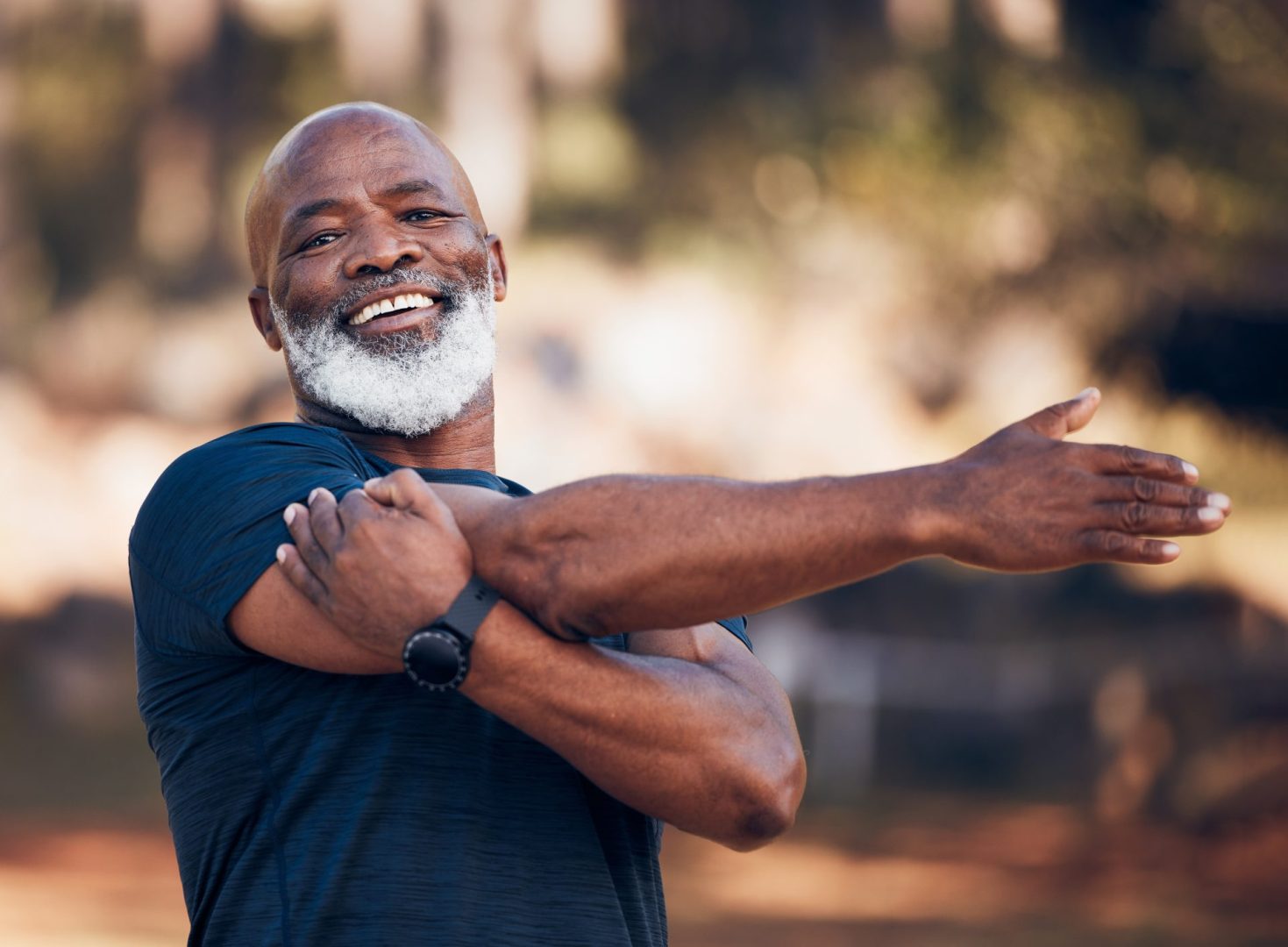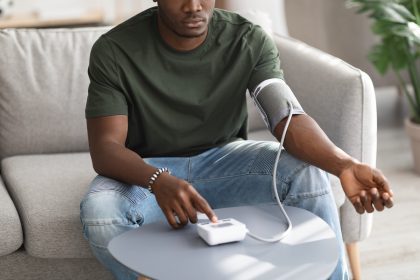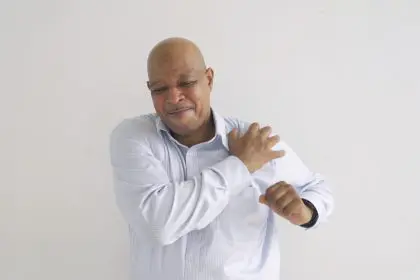The journey doesn’t end after surviving a heart attack. In fact, approximately one in five survivors will experience another cardiac event within five years. This sobering reality means that recovery requires more than medications and doctor visits—it demands lifestyle adjustments that many survivors overlook.
The period following a heart attack creates a critical window where changes to daily habits can significantly impact long-term survival. While most attention focuses on medication adherence and dietary changes, another factor may be equally important: how much time you spend sitting each day.
Many heart attack survivors unwittingly increase their risk by becoming more sedentary after their cardiac event. The fear of triggering another attack often leads to decreased movement, creating a dangerous cycle where inactivity actually increases the likelihood of what they fear most.
This phenomenon affects people of all ages and fitness levels. Even previously active individuals often become more cautious and sedentary after experiencing a heart attack, not realizing that this behavioral change might be putting them at greater risk.
The surprising link between sitting and heart health
The human body wasn’t designed for prolonged sitting. When we remain sedentary for extended periods, a cascade of negative physiological changes occurs. Blood circulation slows, metabolism decreases, and inflammatory markers increase—all factors that can contribute to heart problems.
For heart attack survivors, these effects prove particularly dangerous. The vascular system, already compromised by the previous cardiac event, becomes further stressed during long periods of inactivity. Blood pressure regulation suffers, and the heart must work harder when movement finally does occur.
Perhaps most concerning, individuals who spend more than 14 hours a day in sedentary positions more than double their chances of experiencing another cardiac event or hospitalization within a year of their first heart attack. This increased risk remains significant even when controlling for other factors like medication use and overall health status.
The pattern of sitting matters as much as the total time. Long, uninterrupted periods of sedentary behavior appear more harmful than the same amount of sitting time broken up by brief movement intervals. This explains why even office workers who exercise regularly but sit continuously during work hours may still face elevated risk.
How minimal movement creates maximum benefit
The good news emerges in what happens when sedentary time decreases. Heart attack survivors who replace just 30 minutes of sitting time with light physical activity reduce their risk of secondary heart events by approximately 50%. This dramatic improvement doesn’t require intense exercise or gym memberships—simple movement does the trick.
Light-intensity activities that show these benefits include casual walking, basic household chores like folding laundry or washing dishes, gentle gardening, or even standing while talking on the phone instead of sitting. The key factor isn’t the specific activity but rather the act of breaking up sedentary time with movement.
Those who incorporate moderate activities—like brisk walking, swimming, or cycling—see even greater benefits, with risk reductions around 60%. However, the critical insight remains that any movement proves substantially better than remaining seated.
This finding offers particular hope for older adults or those with mobility limitations who might find vigorous exercise challenging. The protective effects begin with the first minutes of activity, meaning even small changes create real benefits for cardiovascular health.
Sleep as an unexpected heart protector
In an interesting twist, replacing sitting time with sleep also reduces cardiac risk. Heart attack survivors who substitute 30 minutes of sedentary behavior with sleep experience approximately 14% lower risk of subsequent heart problems.
This connection highlights sleep’s restorative function in cardiovascular recovery. During quality sleep, heart rate and blood pressure naturally decrease, giving the cardiovascular system valuable recovery time. Additionally, sleep helps regulate stress hormones that can otherwise contribute to heart inflammation and damage.
For many survivors who feel anxious about exercise, prioritizing sleep offers an accessible starting point for reducing sedentary time. Rather than staying up late watching television while seated, going to bed earlier provides both psychological and physiological benefits.
The quality of sleep matters as much as the quantity. Fragmented or shallow sleep doesn’t provide the same cardiovascular benefits as deep, restful slumber. Creating a consistent sleep schedule and comfortable sleep environment becomes an important aspect of heart recovery.
Breaking the fear cycle after a heart attack
Many heart attack survivors develop a complex relationship with physical activity. The experience of a cardiac event during exertion can create lasting fear associations with movement and exercise. This phenomenon, sometimes called kinesiophobia or fear of movement, becomes a significant barrier to recovery.
Survivors often report intrusive thoughts about their heart attack when they begin to exercise, leading to anxiety that further stresses the cardiovascular system. This psychological response creates a self-fulfilling prophecy where fear of movement leads to inactivity, which increases actual cardiac risk.
Breaking this cycle requires a gradual, compassionate approach to reintroducing movement. Starting with very short periods of light activity in psychologically safe environments helps rebuild confidence. As the body successfully handles these small movements without incident, the anxiety gradually diminishes.
Having clear guidelines from healthcare providers about safe activity levels can significantly reduce movement anxiety. Many survivors avoid activity because they lack clarity about what’s safe, defaulting to inactivity as the perceived safer option despite evidence to the contrary.
Practical movement strategies for heart attack recovery
Integrating more movement into daily life after a heart attack doesn’t require dramatic lifestyle overhauls. Small, consistent changes can substantially reduce sedentary time while minimizing stress on both body and mind.
The “five-minute rule” offers an accessible starting point: after 55 minutes of sitting, stand and move for at least five minutes. This simple rhythm breaks up dangerous extended sitting periods while creating manageable activity intervals that won’t overwhelm even severely deconditioned individuals.
Everyday activities provide natural movement opportunities. Parking farther from store entrances, taking stairs when possible, hand-washing dishes instead of using the dishwasher, or walking while talking on the phone all increase movement without requiring dedicated exercise sessions.
Tracking devices can increase awareness of sedentary patterns while providing motivation to increase activity. Many smartphones and watches now include movement reminders that prompt users to stand or walk after periods of inactivity, making it easier to identify and change problematic sitting habits.
When ready for more structured activity, water-based exercises offer particular benefits for heart attack recovery. The buoyancy of water reduces stress on joints while providing resistance that strengthens muscles. Swimming, water walking, or aqua aerobics classes designed for cardiac patients provide safe, effective options.
Creating a heart-healthy daily rhythm
Beyond specific activities, developing a daily schedule that naturally minimizes sedentary time helps create sustainable lifestyle changes. This approach focuses on the overall pattern of movement throughout the day rather than isolated exercise periods.
Morning light exposure supports both circadian regulation and movement initiation. Taking a brief morning walk outdoors not only reduces sitting time but also helps establish healthy sleep-wake cycles that improve nighttime sleep quality.
Meal preparation and eating patterns influence movement opportunities. Cooking meals from scratch naturally involves more standing and light activity than ordering takeout. Similarly, eating at a table rather than in front of the television typically leads to shorter meal times and less overall sitting.
Social connections significantly impact activity levels. Walking meetings, active social gatherings, or exercise partners create accountability while making movement more enjoyable. Conversely, isolating after a heart attack often leads to increased sedentary behavior and poorer outcomes.
Technology usage deserves special attention, as screen time strongly correlates with sedentary behavior. Setting screen time limits, using standing desks when working on computers, or implementing technology-free periods encourages more natural movement throughout the day.
The heart-mind connection in recovery
The psychological aspects of heart attack recovery profoundly influence physical activity levels. Addressing emotional responses to the cardiac event proves just as important as physical rehabilitation in reducing sedentary behavior.
Depression commonly follows heart attacks, affecting approximately 20% of survivors. This condition independently increases sedentary behavior while reducing motivation for physical activity. Recognizing and treating post-cardiac depression significantly improves movement patterns and overall outcomes.
Anxiety specifically related to heart function creates another barrier to activity. Many survivors experience hypervigilance about heart sensations, interpreting normal exertion responses like increased heart rate as warning signs. Learning to distinguish between normal exercise responses and concerning symptoms helps rebuild confidence in the body’s capabilities.
Social isolation frequently occurs after cardiac events as survivors withdraw from previous activities out of fear or embarrassment. This isolation reduces both structured and incidental movement opportunities. Cardiac support groups provide safe spaces to process these emotions while connecting with others who understand the recovery journey.
Mindfulness practices offer valuable tools for managing fear responses to movement. Body scanning techniques help survivors become more comfortable with physical sensations, while mindful walking combines gentle movement with present-moment awareness, reducing anxiety about future cardiac events.
Building your personal movement prescription
While general guidelines apply broadly, heart attack recovery requires individualized approaches to reducing sedentary time. Several factors influence appropriate activity selections:
The severity of the cardiac event affects initial activity tolerance. Those who experienced massive heart attacks or complications typically need more gradual reintroduction to movement than those with minor events.
Pre-heart attack fitness levels provide context for recovery expectations. Previously active individuals generally return to movement more quickly, though they may need psychological support to overcome fear of returning to activities they associate with their cardiac event.
Coexisting health conditions require consideration when designing movement plans. Arthritis, lung disease, or neurological conditions create additional factors that influence appropriate activity selection and progression.
Medication effects sometimes impact exercise responses. Beta-blockers, commonly prescribed after heart attacks, reduce maximum heart rate and alter how exertion feels, requiring adjustment to activity perception.
Personal preferences significantly impact sustainability. The most effective movement plan incorporates activities the individual genuinely enjoys rather than those perceived as obligatory exercise.
Beyond the physical: movement for emotional recovery
The benefits of reducing sedentary time extend beyond physical heart health. Increasing movement significantly improves emotional wellbeing during the challenging recovery period.
Light physical activity naturally increases endorphin production, improving mood and reducing pain perception. These neurochemical changes help counteract the depression that commonly follows cardiac events.
Movement provides a sense of control during a time when many survivors feel their bodies have betrayed them. Successfully completing even simple activities rebuilds confidence in physical capabilities and reduces feelings of vulnerability.
Social movement opportunities combat isolation while providing natural contexts for processing the emotional impact of the heart attack. Walking with understanding companions allows conversations to unfold organically without the pressure of formal therapy settings.
Connecting with nature through outdoor activities adds additional psychological benefits. Natural environments reduce stress hormones while improving mood and cognitive function, creating a supportive context for both physical and emotional healing.
Creating your sedentary reduction plan
Transitioning to a less sedentary lifestyle after a heart attack requires thoughtful planning and gradual implementation. The following framework helps create sustainable changes:
Start by tracking current sedentary patterns for several days, noting both total sitting time and the longest uninterrupted periods. This baseline assessment reveals the highest-priority opportunities for change without requiring immediate activity increases.
Identify the easiest sitting periods to modify first. Television watching, computer use, and phone time typically offer more flexibility than work-related sitting or transportation time, making them natural starting points.
Create environmental cues that prompt movement, such as placing the remote control across the room, setting timers as standing reminders, or keeping a glass of water nearby that requires refilling, naturally creating movement breaks.
Establish clear, measurable goals for reducing sedentary time. Rather than vague intentions to “sit less,” specific targets like “stand during all phone calls” or “walk for five minutes every hour” create accountability and clarity.
Celebrate movement successes rather than focusing only on setbacks. Acknowledging even small improvements reinforces positive behavior changes and builds motivation for continued progress.
Heart attack recovery creates a critical opportunity to establish healthier movement patterns that protect against future cardiac events. By understanding that even minimal reductions in sedentary time significantly improve outcomes, survivors can make manageable changes that substantially increase their chances of long-term health and wellbeing.














